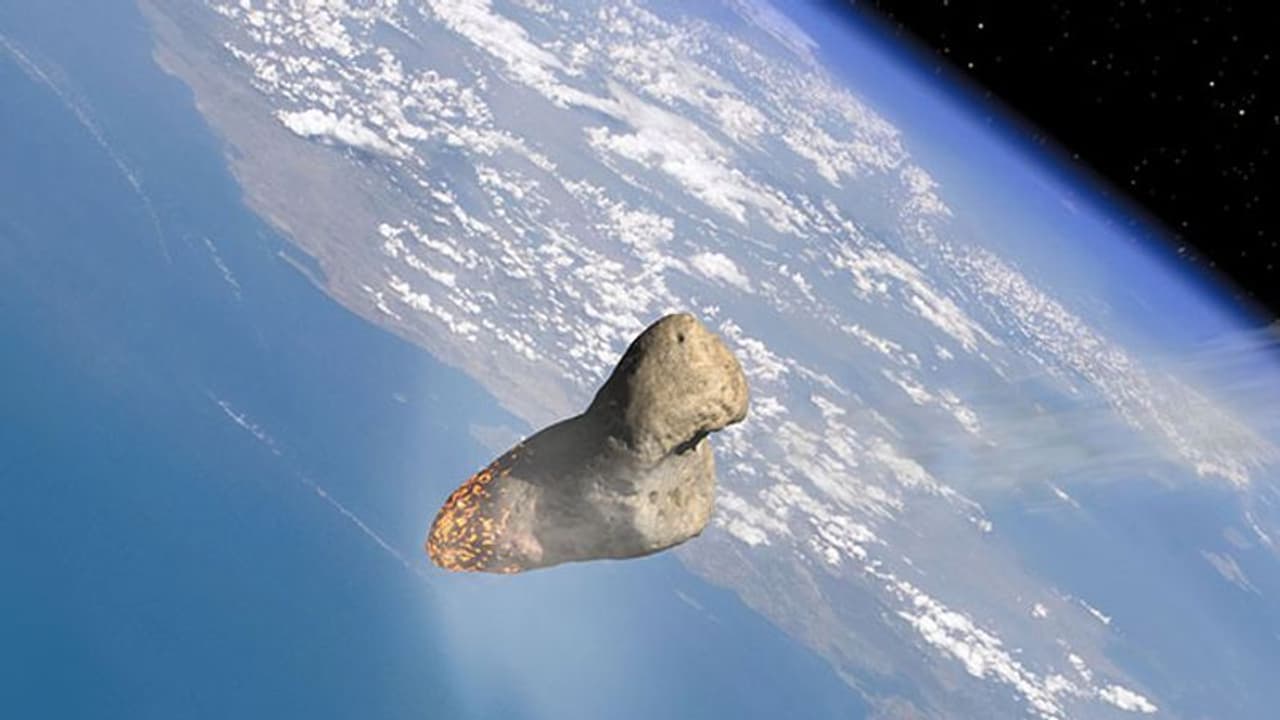The purpose of the Double Asteroid Redirection Test (DART) is to see if this is an efficient method of deflecting the path of an asteroid should one threaten the Earth in the future.
While the Earth is not in immediate danger, NASA wants to crash a spaceship flying at 15,000 miles per hour (24,000 kilometres per hour) with an asteroid next year as a "planetary defence" test. The purpose of the Double Asteroid Redirection Test (DART) is to see if this is an efficient method of deflecting the path of an asteroid should one threaten the Earth in the future. NASA disclosed details about the DART project, which costs $330 million, during a press conference on Thursday.

According to Lindley Johnson, NASA's Planetary Defense Officer, the key to planetary defence is detecting them before posing an impact hazard. Johnson went on to say that we don't want to be in a situation where an asteroid is moving towards Earth, and that we must put this capacity to the test. According to Johnson, over 27,000 near-Earth asteroids have been recorded, although none presently threaten the planet.
The DART satellite will be launched from Vandenberg Space Force Base in California atop a SpaceX Falcon 9 rocket at 10:20 p.m. Pacific time on November 23. If the launch occurs at or near that time, the asteroid will collide with Earth between September 26 and October 1 of next year, at a distance of 6.8 million miles. Dimorphos, which means "two forms" in Greek, is roughly 525 feet in diameter and circles an enormous asteroid named Didymos, which means "twin" in Greek. While neither asteroid poses a threat to Earth, Johnson believes they are good candidates for the test due to the capacity to observe them using ground-based telescopes.
Images will also be acquired by an Italian Space Agency-contributed tiny camera-equipped spacecraft, which will be launched ten days before the DART mission. Every 11 hours and 55 minutes, Dimorphos completes an orbit around Didymos. According to Nancy Chabot of the Johns Hopkins Applied Physics Laboratory, which devised the DART mission, the DART probe will weigh 1,210 pounds at impact and will not "kill" the asteroid. The test is intended to assist scientists in understanding how much momentum is required to deflect an asteroid if it collides with Earth one day. Bennu, a 1,650-foot-wide asteroid found in 1999, will pass near half the distance between the Earth and the Moon in the year 2135, although the likelihood of a collision is deemed very low.
